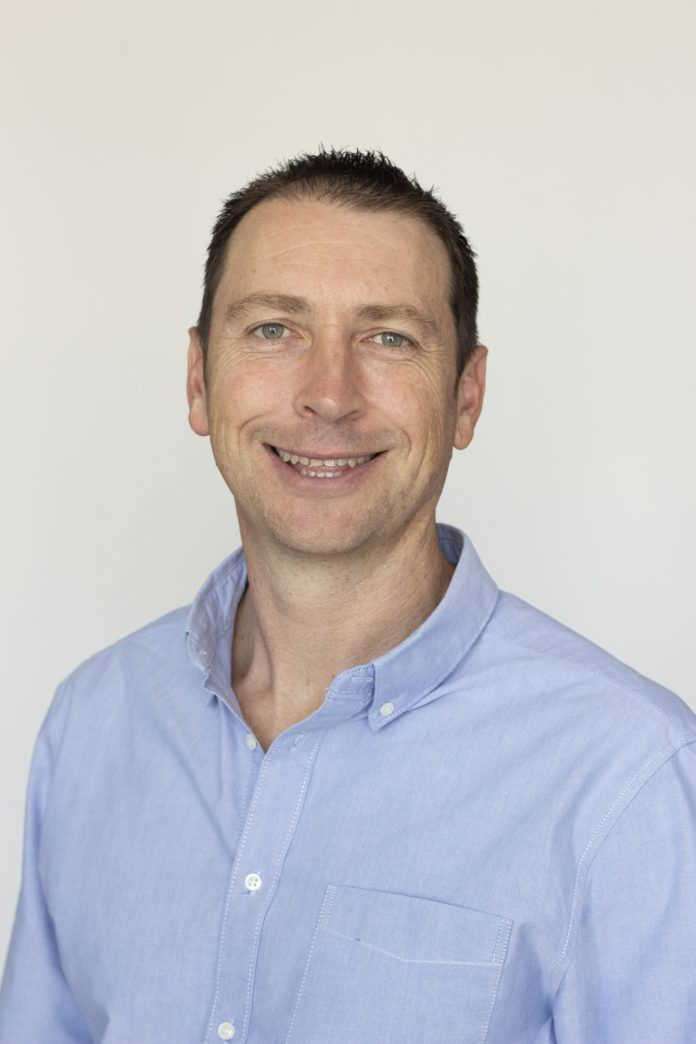The data centre market in Africa is growing by 15% year-on-year. While the installed base across the continent is relatively small, there has been a massive growth spurt, according to Werner Schneeberger, Data Centre Lead for Middle East and Africa at globally trusted infrastructure firm AECOM.
The sector presents significant opportunities, especially as more companies require cloud-based services and solutions. However, at present the installed capacity across Africa is about 300 MW, compared to a typical European city like Frankfurt with 500 MW installed capacity. South Africa accounts for 75% of the data centre infrastructure on the continent.
“We lag far behind in providing installed capacity for businesses to migrate to the cloud,” says Schneeberger. Issues include political instability, endemic corruption and an unpoliced regulatory environment. In addition, there is a lack of suitable infrastructure across the continent, from power generation to terrestrial broadband fibre networks. Hence the main data centre developments in Africa tend to be concentrated where the subsea internet cabling infrastructure lands.
AECOM has been involved with major data centre projects in South Africa since 2017, on the back of its US connections with major players such as Amazon Web Services, Google and Microsoft. The benefits offered by the local market are a strong banking system, a good e-commerce platform and a high demand for cloud-based enterprise services. “We have good connectivity and increasingly better fibre networks, which is why the bulk of the larger players have set up shop here,” says Schneeberger.
Data centres are typically multidisciplinary projects, which is where AECOM’s combination of in-house environmental, architectural, civil, structural and Mechanical, Electrical, Plumbing and Fire Protection (MEPF) engineering skills stand it in good stead, combined with its cost control and programme management expertise. All of this is underlaid by a strong modelling coordination team: “A reason for our repeat work from major players is that we understand how to design and model with the latest collaboration tools available to us,” says Schneeberger.
AECOM migrated to a 3D Building Information Modelling (BIM) environment as far back as 2010, setting a major industry benchmark. Previously it used AutoCAD 2D, whereby each discipline overlaid its input on the masterplan. However, this required extensive coordination and clash detection on-site.
Now Autodesk Revit BIM software gives AECOM the capability to quickly model a complete project before a single sod is turned on-site. “That translates to a much better client experience as there are no surprises at the construction phase, which is the biggest capital outlay. The other benefit is that you can show a client beforehand exactly what is going to be built,” says Schneeberger.
Any design changes impact on aggressive project timeframes and cost projections. “Ultimately you are unable to deliver the project as and when promised. Now in collaboration with our BIM design team we ensure that any model is well coordinated, as globally we operate in a fully collaborative cloud-based environment.
“No matter where our teams are in the world or in which time zone, they can now integrate seamlessly with any other teams,” says Schneeberger. South Africa is uniquely positioned to take advantage of the BIM revolution as it is cost competitive and in a similar time zone to major developed markets such as Europe and even the US.
Data centres are distinguished in terms of scale and complexity, referred to as hyperscale facilities on the larger end and edge facilities on the smaller end. Despite the size, all comprise common elements such as a server room and cooling and power supply, including back-up power. The latter is increasingly based on renewable energy sources such as solar power or battery energy storage systems.
When major players enter a new territory, they typically lease space in a vendor neutral, co-located facility that is purpose built and mid to large sized, combining storage and processing in a single facility. However, exponential advances such as the Internet of Things has created a need to have smaller, high-powered processing facilities closer to the load or need to reduce latency and energy impact.
“Placing computing power within reach of the end user translates into a better customer experience and improved service delivery. There is major growth in edge data centres, which are increasingly prevalent in Africa due to their modularity and compactness,” says Schneeberger.
AECOM is involved with major projects in Africa, supporting development of long haul terrestrial fibre networks in remote areas. “We became involved through our US colleagues and were asked to produce a concept design,” explains Schneeberger. An interesting aspect of the project is that the signal amplification stations, which are designed to boost the signal, will be located in remote towns or villages, combining it with small servers to create mini data centres.
“This will allow for a fibre line to be installed to such a village and effectively connect it to the rest of the world. The implications for the development and technological advancement of the rest of Africa are profound,” notes Schneeberger. The design includes a bolt-on power and cooling solution, with power from solar with battery energy storage.
“There is a move away from hydrocarbon fossil fuel solutions such as diesel gensets to more sustainable energy sources,” adds Schneeberger. “There is a lot of talk about green hydrogen, but we have a long way to go before it becomes feasible, especially for smaller installations. The advantage of this model is that it can be rolled out massively across Africa. It is the future of connecting the continent,” he concludes.












